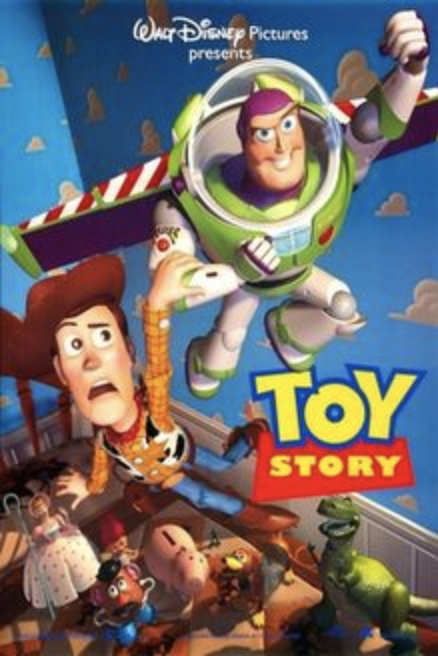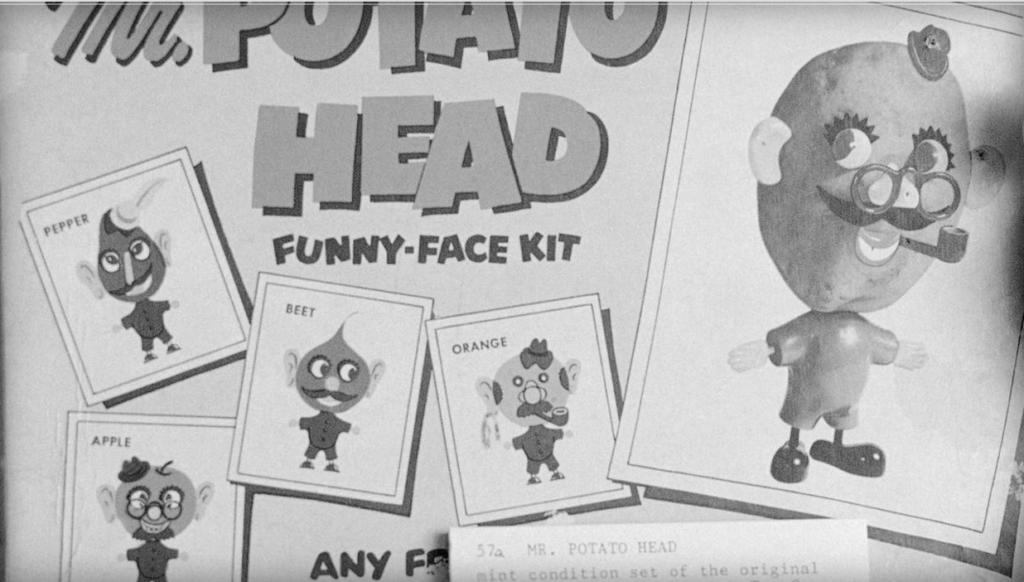Our reading this week from Tugend (2016) “It’s chilling. It’s thrilling. It’s a 30 minute commercial” got me thinking about the lengths advertisers must go through to get their messages to the masses about their products. Tungend describes the trend of online advertisement posing as movies and documentaries. As profiled in the article, the 30-minute movie Lifeline is about a man’s search for his missing girlfriend… or is it? Tunged (2016) goes on to explain that Lifeline is actually “an online advertisement for the mobile technology company Qualcomm and, in particular, its Snapdragon 820 chip set, a smartphone processor.”
What? How can this be? Sure there is product placement and celebrity endorsements. But has advertising and marketing completely taken over our movie going experience?

Then I thought about the Toy Story franchise, the six Transformers movies, The Lego Movie series, G.I. Joe, My Little Pony, and the list of other toys that became multi-million dollar (and in some cases multi-billion dollar) box office hits goes on and on. At the end of the day, the movie version of these toys is nothing more than a massive ad campaign.

Take for example Transformers from toy maker Hasbro. When the original Transformers movie was released in 2007 the toys generated $484 million in sales (Kowelle, 2009). By the second installment of Transformers in 2009, Transformers toy sales were up over 20 percent, bringing in $592 million in revenue for Hasbro (Szalai, 2011).
Another example is Mr. and Mrs. Potato Head who had major roles in the Toy Story franchise. Since their on screen debut in the original Toy Story movie release, sales of Mr. Potato Head increased by 800 percent (Jones 2019). Which means that more than 100,000,000 Mr. Potato Head toys have been sold in 30 countries around since toy manufacturer Mattel put Mr. Potato Head on the market in 1952 (Rocca, 2012). And here’s a fun fact: Mr. Potato Head was the first toy ever advertised on television (Kelly, 2012).

With just the examples of Transformers and Toy Story, it’s fair to say that the line between entertainment and advertising have been blurred. Back to the Tugend (2016) article, New York University Professor Mark Crispin Miller finds the boundaries between advertising and entertainment to be troubling, “the benefits or virtues of the products and, even more troubling, downplay the dangers or risk of a product.” Miller adds that using celebrities and big stars “makes the commercial intent even harder to perceive and blurs the true purpose behind the work” (Tugend, 2016)”.
As marketers and communication professionals, in the case of advertising and the moviegoing experience, what if our “true purpose behind the work” is to simply create entertaining advertising so the messages we create reach the masses? If that’s the intention, why not create entertaining advertising in the form of the various traditional advertising mediums, a 90-second video, a 30-minute movie, or even a full length feature film? And if the creative piece sells one more Mr. Potato Head or Transformer toy, then why shouldn’t the onus be up to the consumer to evaluate the dangers or risks of what they purchase.
References
Acuna, K. (2014, July 15). Here’s how Hasbro decides which toys it will turn into movies. Business Insider. Retrieved from https://www.businessinsider.com/how-hasbro-decides-which-toys-it-will-turn-into-movies-2014-7
Jones, S. (2019, April 1). Toy Story effect: How film’s product placement increased sales of toys. [web log comment]. Hollywood Branded. Retrieved from https://hollywoodbranded.com/toy-story-effect-how-film-franchise-increased-toy-sales/
Kelly, J. (2012, April 30). Is Mr. Potato Head to blame for ‘pester power’ ads? BBC News Magazine. Retrieved from https://www.bbc.com/news/magazine-17871107
Kollewe, J. (2009, October 19). Transformers and GI Joe toy sales transform fortunes for Hasbro. The Guardian. Retrieved from https://www.theguardian.com/business/2009/oct/19/transformers-gijoe-hasbro-toys
Rocca, M. (2012, March 23). Hot potato! Mr. Potato Head turns 60. CBS News. Retrieved from https://www.cbsnews.com/news/hot-potato-mr-potato-head-turns-60/
Szalai, G. (2011, July 18). ‘Transformers’ Toys boost Hasbro’s second-quarter profit. Hollywood Reporter. Retrieved from https://www.hollywoodreporter.com/news/transformers-toys-boost-hasbros-second-212430
Tugend, A. (2016). It’s chilling. It’s thrilling. It’s a 30 minute commercial. The New York Times. (Aug 14). Retrieved from http://nyti.ms/2brqqG9

One Response to Looking at the Blurred Line Between Advertising and Marketing, and our Moviegoing Experience